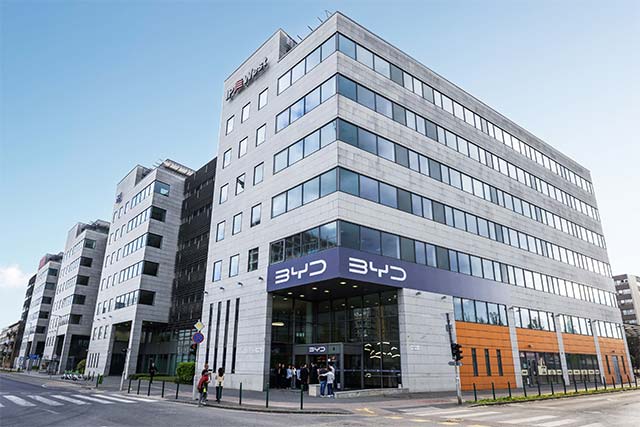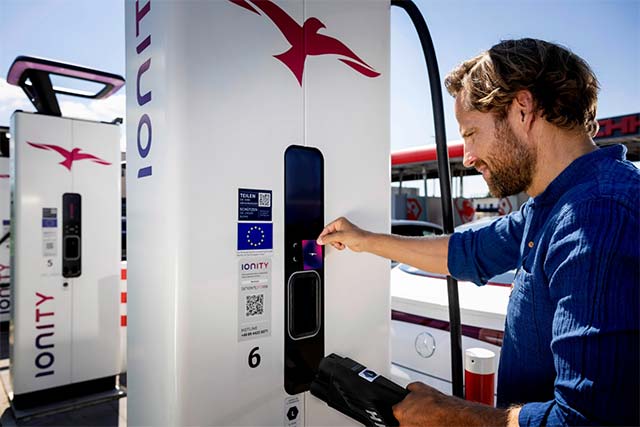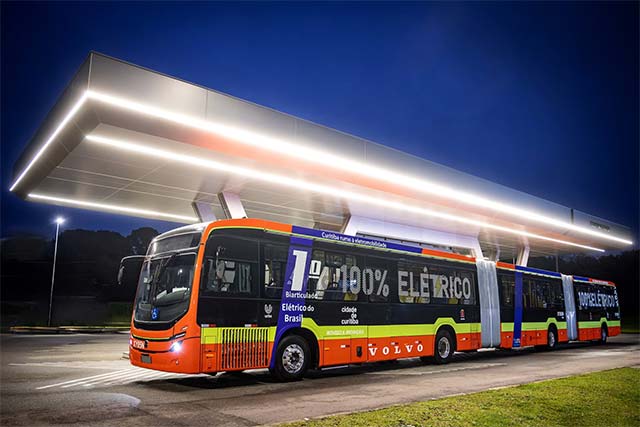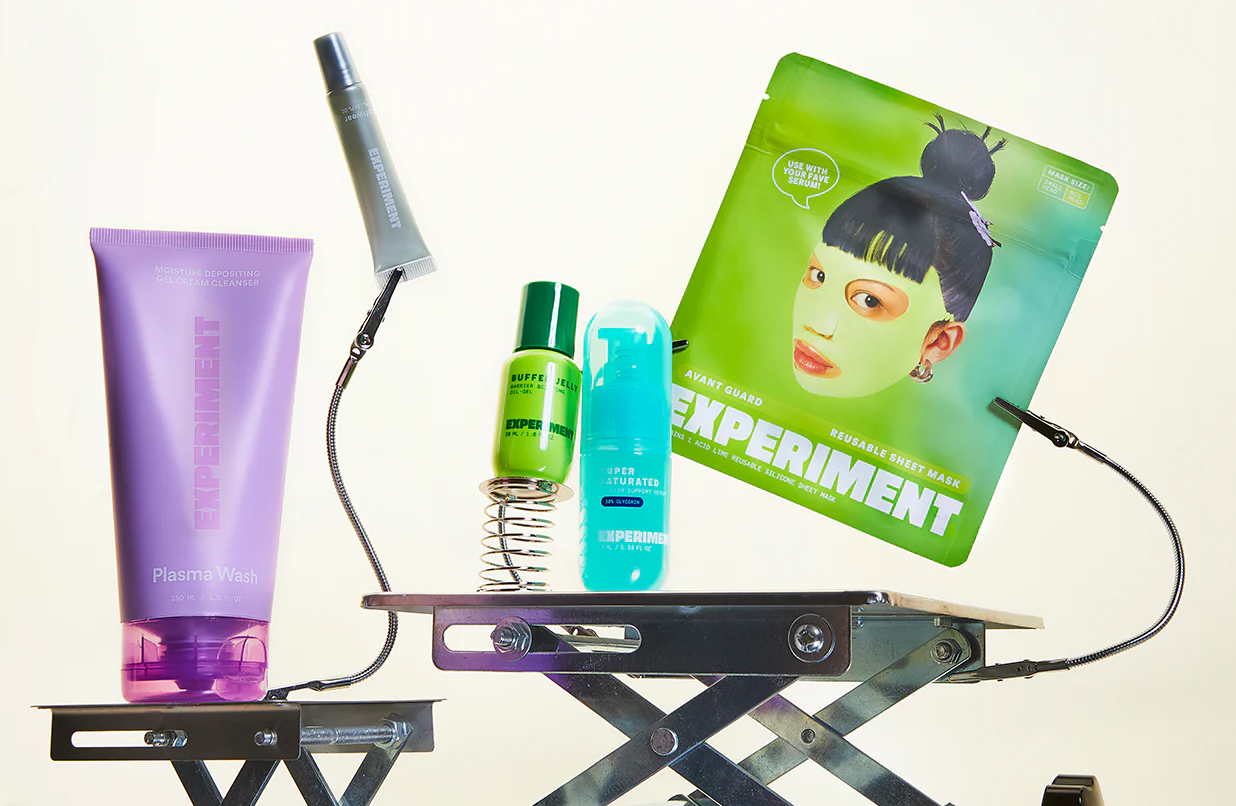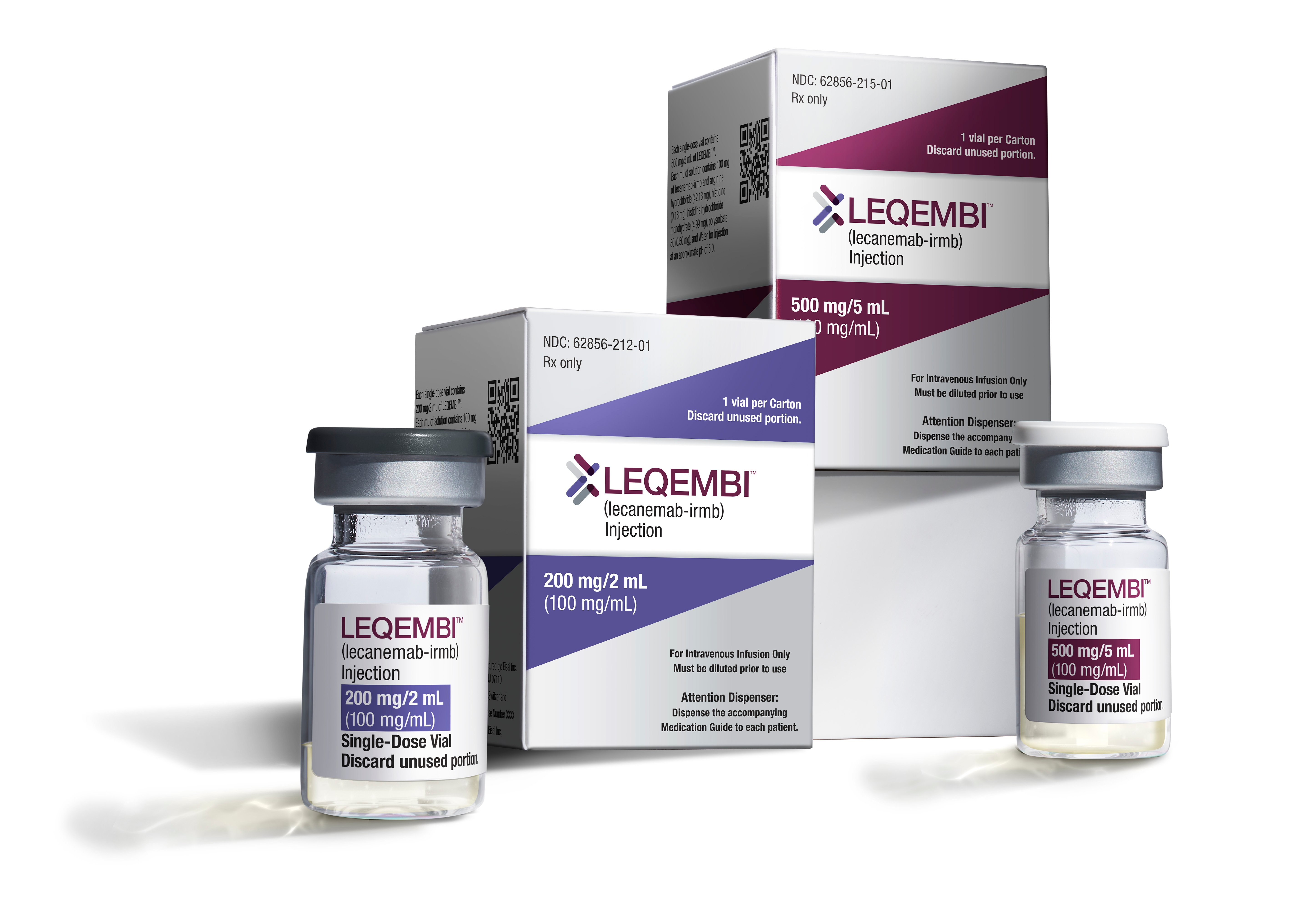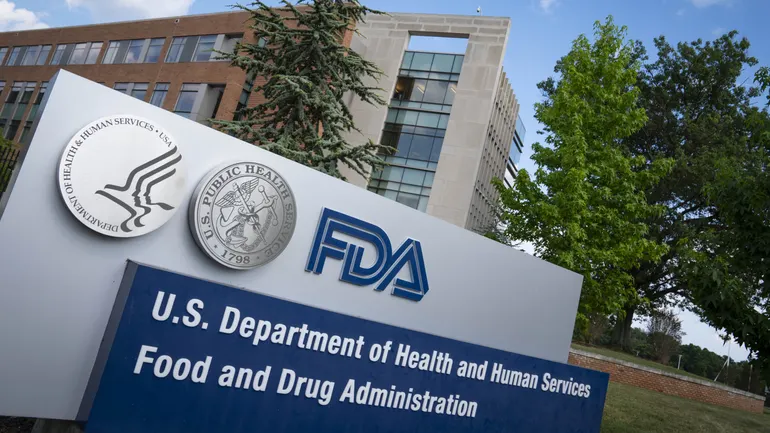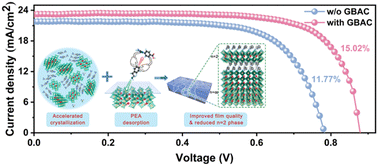The ROI of Digital Food Safety: A Q&A With SafetyChain on Modernizing Compliance
Sponsored by SafetyChain Software Every documentation gap represents a significant business vulnerability. Food and beverage manufacturing leaders face unprecedented challenges as 2025 unfolds. With the FDA’s Food Traceability Rule implementation […]


Sponsored by SafetyChain Software
Every documentation gap represents a significant business vulnerability. Food and beverage manufacturing leaders face unprecedented challenges as 2025 unfolds. With the FDA’s Food Traceability Rule implementation accelerating, heightened ESG reporting requirements, and increasingly sophisticated customer-mandated compliance programs, the documentation burden has evolved from an operational concern to a strategic imperative.
 In this exclusive Q&A with Dean Brown, CEO of SafetyChain Software, we explore how digitizing food safety and quality assurance (FSQA) programs delivers measurable business value well beyond compliance. Learn how forward-thinking companies are leveraging compliance modernization to achieve multi-million dollar margin improvements, unlock new market opportunities, and provide the visibility necessary for true enterprise risk management.
In this exclusive Q&A with Dean Brown, CEO of SafetyChain Software, we explore how digitizing food safety and quality assurance (FSQA) programs delivers measurable business value well beyond compliance. Learn how forward-thinking companies are leveraging compliance modernization to achieve multi-million dollar margin improvements, unlock new market opportunities, and provide the visibility necessary for true enterprise risk management.
Q: What measurable ROI metrics have your customers typically seen in the first year after digitizing their program management?
Dean Brown: Typically, our customers will see payback in less than one year, and that’s usually driven by phenomenal increases in productivity.
One of our customers, Ajinomoto, saw a 36% increase in productivity. Another one of our customers was able to reduce cost by over $5 million just in year one. At that point they were fairly small, so it’s a significant impact on margin.
Every year, it’s a compounding benefit that our customers will typically see 1 to 3% increases in yield and, mediumly, 25 to 35% increases in productivity. For low margin businesses, like many of our customers, that’s a significant way to move the needle.
The way we think about it is: digitizing is actually not a cost line. It’s probably the fastest capital project our customers will ever get to green light.
Q: With food and beverage manufacturers juggling internal, regulatory, and customer compliance programs simultaneously, what are the most common inefficiencies you’ve observed in companies still using paper-based or spreadsheet systems?
Dean Brown: I’m continually surprised by how many companies are still struggling to make that journey. And the impact is substantial.
We joke about paper being your slowest employee and probably your most expensive temp. In our industry surveys, we see the lack of digital having real quantitative impact. Typically, it can steal two to three hours per shift because of mistakes and slow corrections. Some of our data shows it can impact as much as 0.5% of revenue over the course of a year, with failure to correct or failure to timely correct substantially adding up.
Grupo Navis, one of our customers, was able to reclaim 800 hours of labor by moving from paper to digital. It’s like death by a thousand paper cuts. Our customers are dealing with millions of pages — every one of those is a paper cut.
Manual systems create a compliance drag and a drag on profit that people don’t typically see — digital lifts both of those up.
Q: When manufacturers face a surprise audit or inspection, what advantages does a digitized program management system provide compared to traditional documentation methods?
Dean Brown: It gives you real-time ability to anticipate and answer those questions in the unannounced audit. One of our customers said it best: “Your software turned a fire drill into five clicks.” Steve Jobs used to say, “It just works.”
Digital plants don’t prepare for audits. They’re always ready.
Whether it’s an unannounced audit, or you have embedded FDA auditors, you have a 24×7 audit room that’s ready. Those are organized in such a way that you can look at a BRC audit, an SQF audit, a FSMA audit or compliance program — they’re all interconnected, and they’re all served off the same base of information. So you don’t have to duplicate everything you do for each type of compliance.
And it’s not just federal or state regulatory programs; there are also customer regulatory programs. You have to comply with some fairly sophisticated customer mandated requirements, and you can do that on the fly immediately, as those requirements change and reflect those anywhere in the system.
Again, we want to move people from getting ready for audits, to always being ready for it.
Q: As regulatory requirements continue to evolve, how does a digital platform help manufacturers stay ahead of compliance changes rather than constantly playing catch-up?
Dean Brown: Because they’re digital, the forms update instantly. The impact of remapping or reassessing for new regulations is instant — one change can be deployed in seconds and pushed across your entire organization.
You can also evaluate changes. For example, SQF changes are coming up in the near future. Customers can scenario plan right now. They can load the clauses up, they can look at the mapping to see which parts of their program will be impacted, and they can start to make those changes now. Put them in a sandbox, and when they are ready and they have someone at each site who is ready to accept those clauses, they just push the button and publish. They can be moving to enforcement in the next minute, not the next quarter or the next year.
The impact is also consistent. There’s no, “Did that facility get that done right?” Because the dashboards are live, and, again, instant.
Regulations move, and your forms move with them in real time.
Q: Many food manufacturers worry about the learning curve and implementation timeline when adopting new technology. What does the typical onboarding process look like with SafetyChain, and how do you ensure minimal disruption to ongoing operations?
Dean Brown: Ultimately, the job here is to ship quality products to customers. It’s not the administration involved.
We talk about it as 90 days to value, not nine months — fast timed implementation, so you can focus on the real job of providing quality products to amazing customers.
For us, you typically see six weeks where you focus on the initial implementation of core processes and forms. Then plant-wide rollout typically is in the first 90 days, where customers are actually seeing those dashboards. They’re getting real-time information, and they’re able to start making real-time decisions.
We do that first by providing a product that’s mobile-friendly. The UI and UX of the product has been built in such a way that the impact on the frontline workers is minimal. For those core sets of processes, it can take 15 minutes to crosstrain a frontline employee. We also use the train-the-trainer model, where the QA leads in the facilities take on the first training tranche. Then from there on, they typically lead those training rollouts themselves.
So it’s got to be fast-start, factory floor friendly, and cause basically zero downtime in the plant operations.
We have a number of customers who’ve seen a 90-day payback on their entire investment. Almost every customer sees payback within at least less than a year, because we try to anticipate the change management that has to happen.
Q: For manufacturers concerned about data security when moving from paper to digital systems, what safeguards does SafetyChain implement to protect sensitive information while still enabling real-time visibility across teams?
Dean Brown: Digital systems like SafetyChain offer far stronger locks than your filing cabinets, and the lights are always on.
We take all the steps you would expect. We are fully SOC 2 compliant. We’re hosted in Azure with all the security that brings. We’re GDPL aligned. We encrypt data in transit and at rest.
It even perks down into the use of the product with fully secure profiles. In those surprise audits, the thing our customers love is they can give an iPad to an auditor. It has a secure profile on it with a secure logon, and the only thing the auditor is looking at are the things that are ascribed to that audit compliance. Every employee has a similar profile that mandates what they can and can’t see, and everything has a full audit trail because of the kinds of compliance programs that we work on.
And then for ourselves — private cloud tenancy, cross contamination of data, regular third-party penetration tests, and 99.9% SLA. Safety is absolutely key to what we do. We start with it from the first line of code we write, and we track that all the way down to the end user. It’s the most secure way to control who, what, and where you share your data.
Q: For manufacturers who are ready to digitize their FSQA programs, what specific advantages does SafetyChain’s solution offer?
Dean Brown: We believe we’re really the only one who looks at it holistically with one platform that aggregates quality production and supplier and is purpose-built for food and beverage.
But SafetyChain’s best asset is SafetyChain’s people. If you look at the reviews, our customers consistently say SafetyChain people are best-in-class. Most of our people come from industry. They’ve worked in these jobs. They understand.
It’s a complex industry, and we meet customers where they’re at. Our forms of workflow are infinitely configurable to meet FSMA, GFSI, USDA, and customer regulatory programs. You can adapt SafetyChain to your needs and requirements. If you have 250 facilities, small, medium, or large — they all have different ways to approach operations. SafetyChain accommodates for that complexity and that configuration difference in ways that I think no one else does.
We also accommodate for the nuances of the marketplace, like offline access. Many of our customers have dead spots in their facilities. They have old warehouses and facilities that don’t have fully-connected, perfect Wi-Fi. Our system is resilient to accommodate for that because we want to meet our customers where they’re at.
The same goes for our pricing models. We have an advantage pricing model that doesn’t nickel and dime customers as they grow or if seasonally they need to add a new shift. We want to enable your business, not consistently have conversations with you about pricing.
But ultimately, it’s about trust. Everybody’s got proof points on their website. We’ve had 2,500 facilities using this product for over a decade — everyone from early stage roasters to $60 billion brands. We’ve been able to demonstrate trust over and over again by meeting them where they’re at.
SafetyChain offers the shortest path from the clipboard to a competitive advantage.
Q: Do you have any closing thoughts for our audience?
Dean Brown: I really enjoy this marketplace. The ability to generate ROI for customers is tremendous in low-margin businesses.
Paper tells you what went wrong yesterday. It’s slow, it’s reactive, it’s painful.
Systems like SafetyChain tell you what to fix right now, and, even more importantly, what to prevent and optimize tomorrow.





























